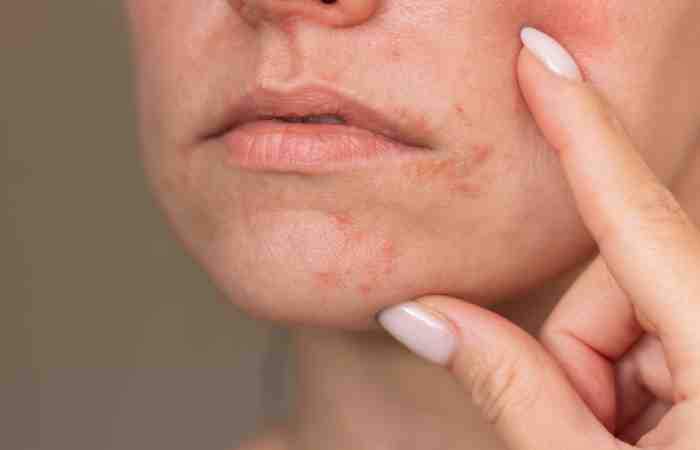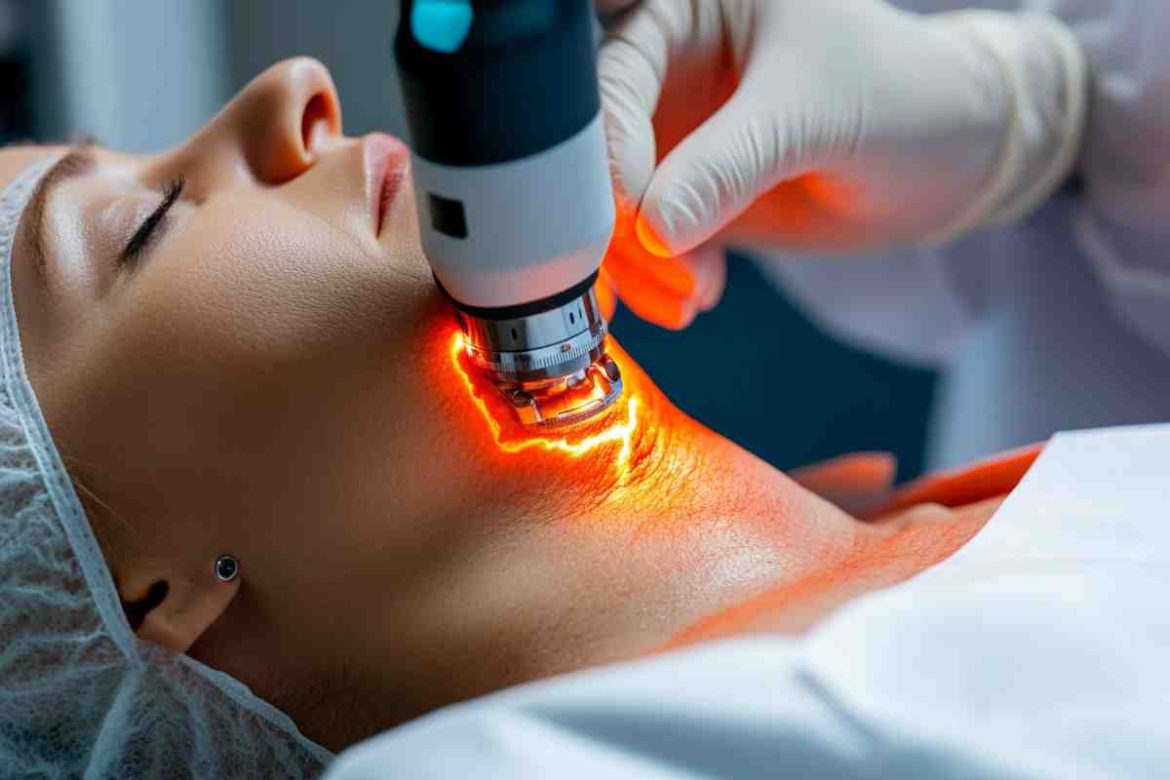Are you looking for a way to enhance your skin’s appearance? Laser skin resurfacing offers a potential solution. This innovative cosmetic procedure utilizes focused beams of light to target and improve skin concerns. However, with the growing popularity of laser resurfacing, it’s essential to understand the potential benefits and risks before deciding if it’s right for you.
This article will explore the details of laser skin resurfacing, providing insights into its advantages and potential side effects.
What is Laser Skin Resurfacing?
Laser skin resurfacing is a cosmetic procedure that removes damaged outer layers of skin and stimulates the growth of new, healthier skin cells. By removing the top layer of skin, the underlying layers are heated, which promotes the production of collagen, a protein essential for firm, youthful skin. This results in smoother, tighter, and rejuvenated skin as the treated area heals and regenerates. However, when considering CO2 laser treatment cost, it’s important to understand that prices can vary based on the extent of the treatment session and the provider, making it essential to weigh both the benefits and financial investment.
Benefits of Laser Skin Resurfacing
Laser skin resurfacing offers numerous advantages for those looking to rejuvenate their skin and address common imperfections. Here are some of the key benefits of this skin rejuvenation procedure:
1. Reduction of Fine Lines and Wrinkles
One of the most popular uses of laser skin resurfacing is to minimize the appearance of fine lines and wrinkles, particularly around the eyes and mouth. The laser targets the outer layer of the skin while simultaneously heating the deeper layers, stimulating collagen production. This helps to create firmer, smoother skin over time, making it an effective anti-aging treatment.
2. Improvement in Skin Tone and Texture
Laser resurfacing can even out skin tone by reducing hyperpigmentation, sunspots, and other discolorations. It also helps smooth out rough patches of skin, leaving the skin feeling and looking smoother. This treatment can provide significant improvements for those dealing with uneven texture due to acne scars or other forms of skin damage. Melasma is also a common skin condition that causes brown, tan, or blue-gray patches on the skin.
3. Stimulating Collagen Production
The laser removes damaged skin cells and promotes collagen growth, which is essential for maintaining skin elasticity and strength. cosmelan peel Increased collagen production means the skin can rejuvenate itself more effectively, giving it a fresher, youthful appearance.
4. Reduction of Acne Scars and Other Scars
The ability of laser resurfacing to penetrate deep layers of the skin makes it particularly effective in treating acne scars and other forms of scarring. It encourages new skin cells to grow and fill in the areas of scarring, resulting in a smoother skin surface.
5. Non-Invasive Alternative to Surgery
For individuals looking to improve their skin without the need for invasive surgical procedures, laser skin resurfacing provides a non-surgical option with fewer risks and shorter recovery times than facelifts or other forms of plastic surgery.
Overall, laser skin resurfacing provides a versatile and effective solution for improving skin health and appearance, making it a popular choice for those seeking noticeable, long-lasting results.

Risks of Laser Skin Resurfacing
While laser skin resurfacing offers many benefits, it’s essential to consider the procedure’s potential risks and side effects. Here are some of the most common risks to be aware of:
1. Skin Irritation and Redness
After the skin rejuvenation procedure, it’s common to experience redness, skin rashes, swelling, and irritation in the treated areas. This can last for several days or even weeks, depending on the depth of the laser treatment. Some people may experience more prolonged redness, especially those with sensitive skin.
2. Risk of Hyperpigmentation or Hypopigmentation
While laser skin resurfacing can help with skin discoloration, it can also cause it. Some individuals may develop hyperpigmentation (dark spots) or hypopigmentation (light spots), especially if they have darker, uneven skin tone. This is often temporary, but in some cases, it can be long-lasting or permanent.
3. Scarring
Although rare, laser resurfacing can sometimes result in scarring, particularly if the skin doesn’t heal properly. This risk can increase if post-procedure care instructions are not followed or if the person has a history of keloid scars.
4. Infection Risk
Any time the skin’s surface is disrupted, there is a risk of infection. Laser treatments make the skin more vulnerable while it heals, and improper care can lead to bacterial, viral, or fungal infections. The procedure can also reactivate Herpes simplex virus infections (cold sores), so antiviral medications are sometimes prescribed as a preventative measure.
5. Prolonged Healing Time
The healing process can vary from person to person. For deeper laser treatments, the recovery time can take several weeks. During this time, the skin may be sensitive to sun exposure, which can cause further complications like pigmentation changes or delayed healing.
6. Cost and Accessibility
Laser resurfacing can be expensive, and multiple sessions may be needed to achieve optimal results. While it is a non-surgical option, the cost of treatments and follow-up care might make it inaccessible to some individuals.
Understanding the possible risks of laser skin resurfacing is crucial to making an informed decision and ensuring the best possible outcome from the treatment.
Melasma is a common skin condition that causes brown, tan, or blue-gray patches on the skin.
Conclusion
Laser skin resurfacing offers a promising solution for those seeking to improve their skin’s appearance. While it can effectively address various skin concerns, it’s important to understand the potential benefits and risks before deciding if it’s the right choice for you.
By carefully considering factors such as your skin type, desired outcomes, and any underlying health conditions, you can decide whether laser skin resurfacing is the appropriate option to help you achieve your skin goals.



